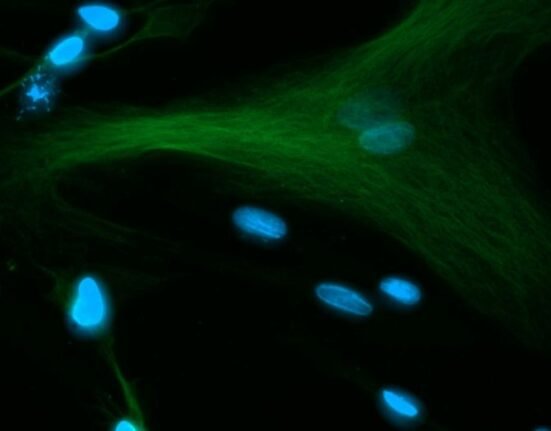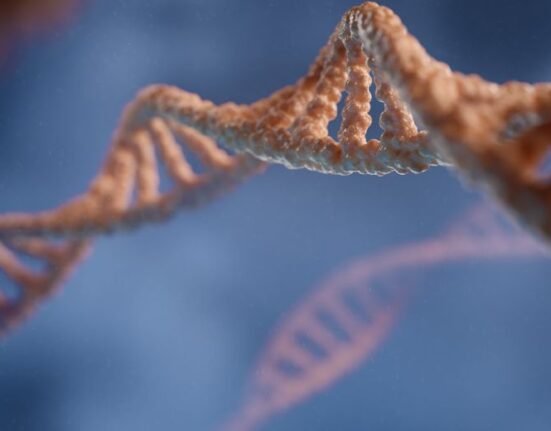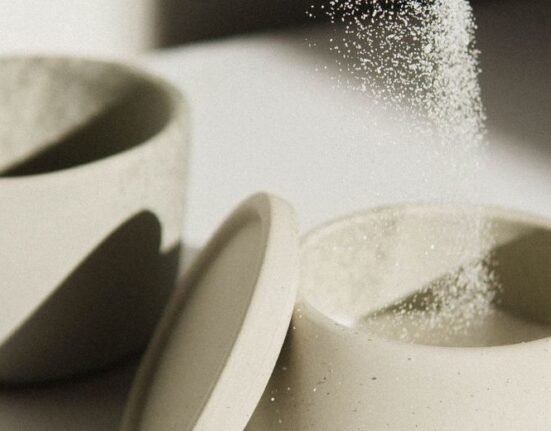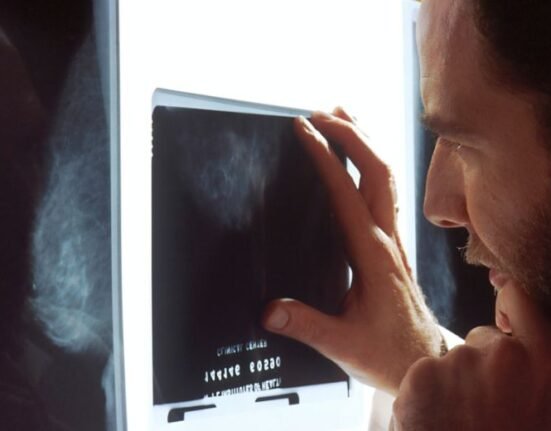HQ Team
October 26, 2023: Scientists at the University of Notre Dame have developed an innovative device that can decode the messages exchanged by cells, opening up new possibilities for early disease detection and diagnostics. This technology uses extracellular RNA (exRNA) to provide insights into a range of life-threatening diseases, including cancer, heart disease, and HIV.
Hidden messengers: ExRNA’s
As already known, inside our cells, ribonucleic acid (RNA) plays a vital role as a messenger, translating DNA information to help create proteins. However, recent discoveries have revealed that certain types of RNA, known as extracellular RNA (exRNA), travel outside the cell in tiny carrier “bottles.” These exRNA strands move through bodily fluids like messages in a bottle, carrying essential information to other cells.
ExRNA is believed to be a treasure trove of information, holding early indicators of life-threatening conditions like cancer, heart disease, and HIV. Hsueh-Chia Chang, a leading expert in nanofluidics and the Bayer Professor of Chemical and Biomolecular Engineering at the University of Notre Dame, and part of the team to isolate the exRNA says that exRNA can be a more effective, quicker, and cost-efficient way to diagnose diseases, as even small samples of blood or bodily fluids contain sufficient exRNA to signal the presence of various ailments.
While exRNA holds immense diagnostic potential, isolating and interpreting these messages has proven to be a challenging task. Conventional methods involving filters and centrifuges often fail due to the overlapping size and weight of the carrier bottles. These methods necessitate additional steps, such as the addition of chemicals or magnetic particles, to segregate the carriers.
A novel approach: the device
Four years ago, a team of Notre Dame researchers, led by Hsueh-Chia Chang along with Crislyn D’Souza-Schorey, the Morris Pollard Professor of Biological Sciences; David Go, the Viola D. Hank Professor of Aerospace and Mechanical Engineering; Satyajyoti Senapati, research associate professor in the Department of Chemical and Biomolecular Engineering; postdoctoral fellow Himani Sharma, the project lead; and chemical and biomolecular engineering graduate student Vivek Yadav pursued an innovative approach of PH balancing.
The team employed a combination of pH (acidity/basicity) and electrical charge to separate exRNA carriers. Unlike previous methods, this device was based on the carriers’ distinct “isoelectric points” — the pH level at which they have no positive or negative charge.
A special feature is the pH gradient in the water stream. The device generates this gradient without the use of chemicals, making it eco-friendly and cost-effective. The gradient is formed by a two-sided membrane powered by a specially designed chip, splitting the water into acidic and basic ions, creating a pH gradient when the streams combine.
The pH gradient achieved with this device causes exRNA carriers to self-sort, much like colors of light passing through a prism. They form lines along their isoelectric points, making it easy to separate them into distinct outlets. With this method, the research team achieved up to 97% pure samples using less than a milliliter of blood plasma, saliva, or urine. Moreover, the process is remarkably fast, with comprehensive separation completed in just half an hour.
The researchers have filed for a patent and anticipate commercializing this technology to enhance disease diagnostics, potentially saving countless lives. The study is published in ACS Nano,
Noncommunicable diseases could benefit significantly from this innovative approach. “Noncommunicable diseases are responsible for more than 70% of deaths worldwide, and cardiovascular disease and cancer are responsible for most of that number,” Sharma said. “Our technology shows a path to improving the way clinicians diagnose these diseases, and that could save a tremendous number of lives.”








